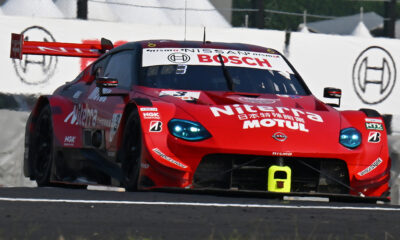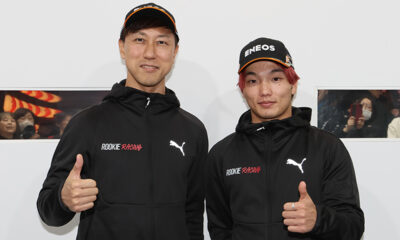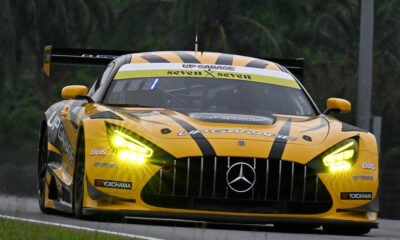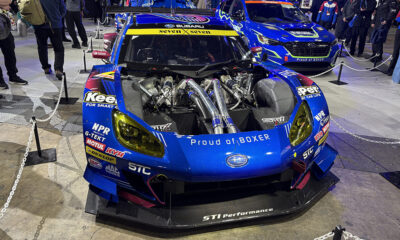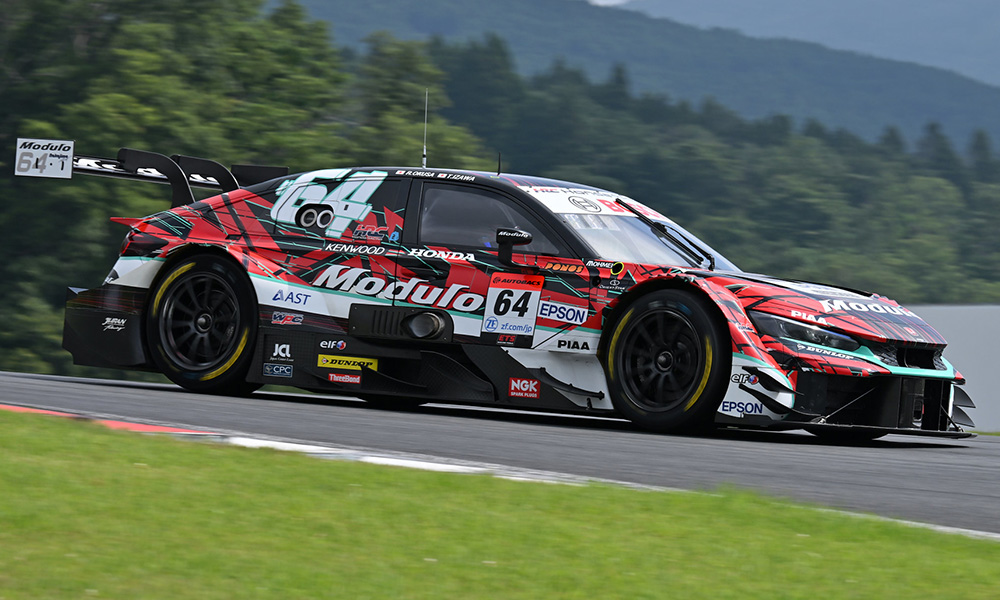
Photo: SUPER GT
Dunlop and Yokohama have both downplayed the significance of a mid-season SUPER GT rule change designed to help the two struggling GT500 tire manufacturers.
Starting from this weekend’s fifth round of the season at Suzuka, GT500 teams using tire manufacturers that haven’t won one of the first three races – meaning Dunlop and Yokohama – will be entitled to use an additional two dry tire sets during official practice and sessions such as full-course yellow practice and ‘circuit safari’.
Normally, teams are restricted to four dry tire sets per weekend for 300km races, although they are allowed to use five sets for 350km races and six for three-hour events.
The change was introduced amid a tough start to the season for the three GT500 teams not using Bridgestone tires, which all sit at the bottom of the drivers’ standings.
Dunlop-equipped Honda squad Nakajima Racing scored the best result so far in 2024 for a non-Bridgestone car at Fuji earlier this month, finishing sixth.
Yokohama meanwhile has a best finish of ninth, which has been achieved by both of the cars it supplies, the Kondo Racing Nissan and the Racing Project Bandoh Toyota.
Dunlop Japan’s motorsport department manager Yoshi Yasuda feels that the new tire rule that will come into effect will have a limited impact as the amount of track time during race weekends doesn’t allow for proper testing to be done.
“In some ways it’s useful, but if you want to get a good result in the race, you don’t want to be testing tires during practice,” Yasuda told Sportscar365.
“We are not really planning to bring different specs. If you were really nowhere, it is a chance to test more, but I don’t think it’s a great advantage.”
Yokohama’s SUPER GT development manager Takayuki Shiraishi gave a similar response.
“It will help our tire development, but the test timeline is the same as before, and there is no extra test time,” said Shiraishi. “Thus, the benefit is limited for us,
“If they allowed us to use Friday for testing, it would be more helpful.”
The other significant change for Suzuka, as was announced at Fuji, is a change of qualifying format that means teams can go back to using new tire sets in both Q1 and Q2, instead of having to reuse the same set for both segments of qualifying.
However, after the Nakajima Racing Honda qualified third at Fuji, Yasuda isn’t convinced this will make a major difference to Dunlop’s prospects of fighting for pole position.
“I don’t think there’s a big difference,” he said. “We did ok with the previous format at Fuji, because we’re not so bad on used tires.”
Shiraishi added: “We hope it will allow us to be more competitive, but we are focused on performance over a race distance rather than qualifying this year.”
Dunlop and Yokohama were given extra in-season testing time for this season as so-called ‘non-primary’ GT500 tire manufacturers in a bid to level the playing field with Bridgestone, which supplies 12 of the 15 cars in the field.
After an April test involving all three manufacturers at Suzuka, Dunlop and Yokohama tested together at Autopolis in mid-June and Sugo in mid-July, with Dunlop conducting an additional test with the Nakajima Honda at Fuji Speedway in late June.
Dunlop and Yokohama are also set to join Bridgestone for a tire test at Mobility Resort Motegi on September 11-12.
Bridgestone is set to be represented by the No. 100 Kunimitsu Honda, the No. 36 TOM’S Toyota and the No. 12 Impul Nissan in that test, with those cars joining the No. 64 Nakajima Honda, No. 19 Bandoh Toyota and No. 24 Kondo Nissan.



















